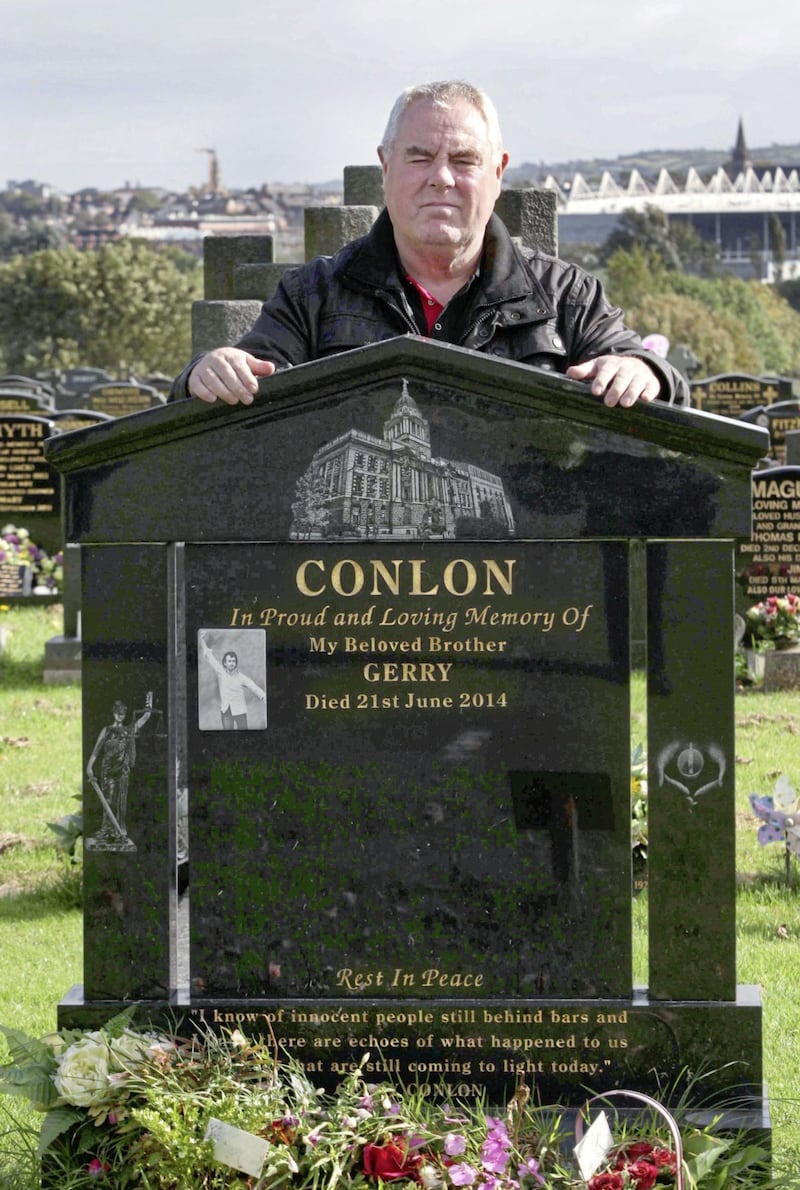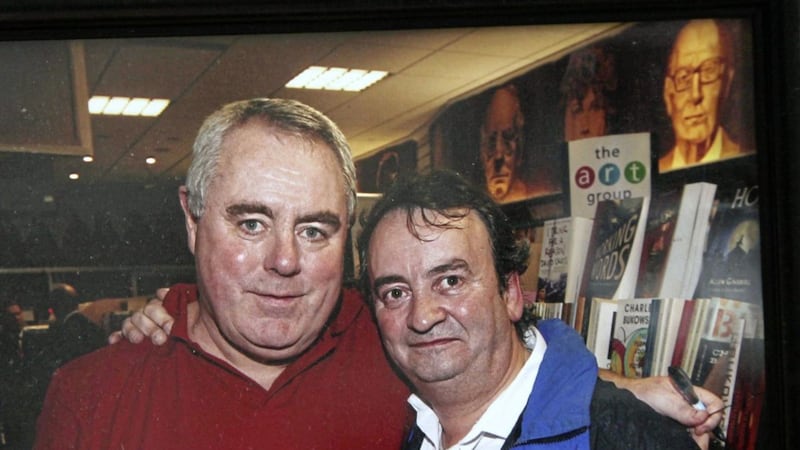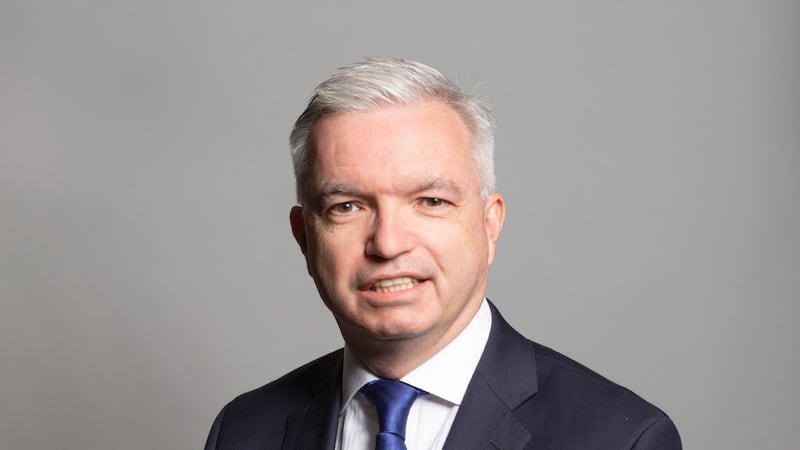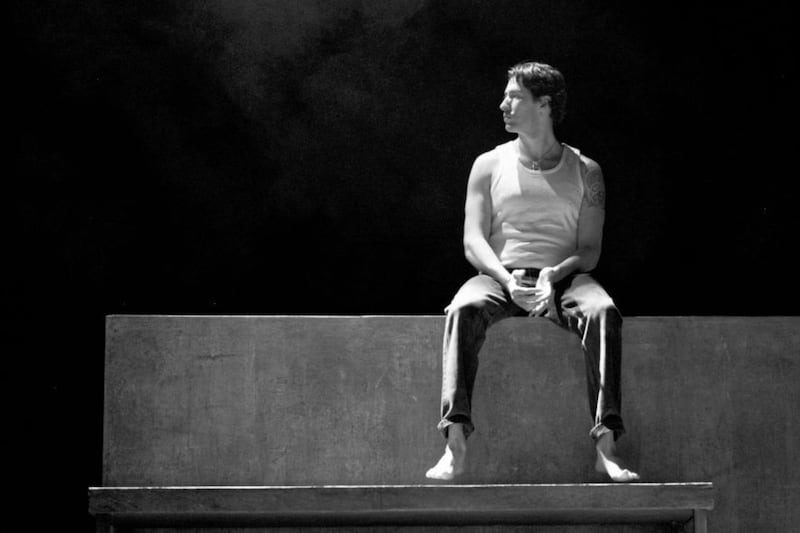Miscarriage of justice victim Gerry Conlon spent the best part of £120,000 in six weeks on crack cocaine as he struggled to come to terms with life outside prison.
Previously unpublished details of the justice campaigner’s fight to beat a potentially deadly drug addiction are contained in a new book written by his childhood friend Richard O’Rawe.
The author reveals that since his release from prison in 1989, Mr Conlon "went through the guts of £1million” earned through compensation along with book and film deals.
In the Name of the Son: The Gerry Conlon Story delves into the battles faced by the west Belfast man following his release from prison after he was falsely convicted of involvement in the 1974 Guildford pub bombings, which claimed the lives of four British soldiers and a civilian.
Mr Conlon, Paul Hill, Paddy and Carol Richardson were all wrongfully convicted of taking part in the attacks.
Gerry Conlon believed the Guildford Four had been framed
As well as providing a gripping account of Gerry Conlon’s descent into addiction and successful battle to beat his deadly habit in the years after his release, the book also explores new evidence that suggests authorities knew the Guildford Four could not have carried out the attack.
He also says that Mr Conlon believed he and his co-accused had been "framed" rather being simply the victims of a miscarriage of justice.
It is revealed that in just six weeks Mr Conlon worked his way through £120,000, the bulk of it being spent on crack cocaine as his life spiralled out of control.
The Belfast man received the cash for the 1993 hit film In the Name of the Father, in which he was played by Daniel Day-Lewis.
The author reveals that as Conlon’s cash started to run out, which included compensation for his time spent in prison, he forked out up to £10,000 a day on drugs and giving handouts to people he viewed as needy.
He also funded his own justice campaigns, which often involved travel around the world.
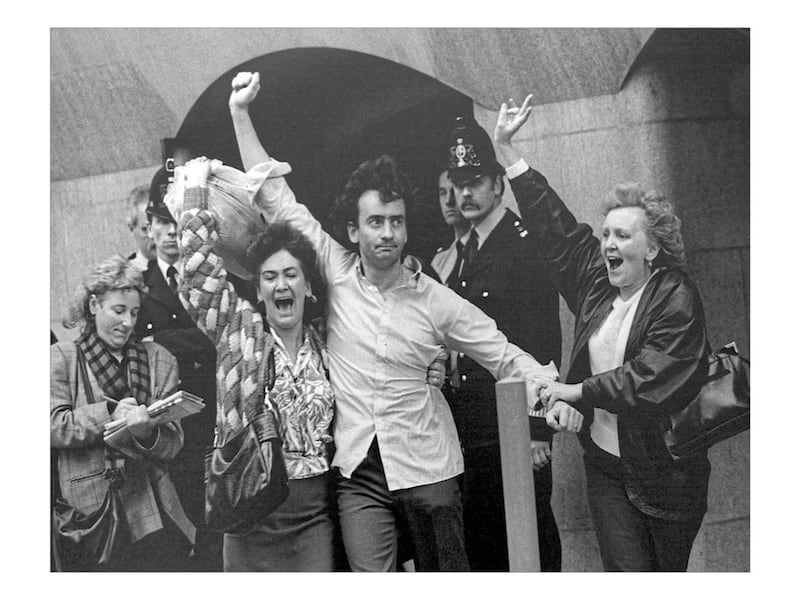
Conlon had to resort to scavenging from bins when drug abuse left him penniless
But as the cash eventually became scarce he and his remaining close circle of friends were forced into desperate measures and for a while lived off food scavenged from bins in the affluent Mayfair area of London.
Speaking to the Irish News, Mr O’Rawe said his childhood friend used drugs to try and escape the memories of his past.
“Gerry put on this wonderful person in public where he was so confident and cocky jack the lad and everything else,” he said.
“So when he went home he had nightmare after nightmare - every night he had nightmares.
“He took drugs to try and keep himself awake so he wouldn’t sleep, so he wouldn’t have the nightmares.”
“I’m not saying that’s the reason he took drugs, but it’s one of them.”
Mr O’Rawe says that his pal regularly “woke up in bed…. and he would have been soaking, the bed would have been ringing, you could have rung the sheets out, squealing, ‘get off me, stop beating me”.
“This was every night,” he said.
“Gerry never escaped that for the whole time that he was alive.”
Such was the grip crack cocaine had on him, even when he returned to Belfast in the mid-1990s his then girlfriend often travelled from England to deliver the drugs to him, and sent it through the post, at a time when the use of the drug was practically unheard of in the city.
After his release Mr Conlon was surrounded by a wide circle of friends, which included celebrities like Hollywood actor Johnny Depp and former Pogues front man Shane MacGowan.
“When Gerry took crack, Gerry had a crowd around him"
Mr O’Rawe said that Mr Conlon’s generosity was well known and that those who shared his addiction also flocked to him.
“When Gerry took crack, Gerry had a crowd around him,” he said.
“Gerry was like Father Christmas.
“All the crack heads in London loved him because, I don’t know what way you buy crack and I don’t even know what way you buy dope, but the point is Gerry used buy £10,000 worth at a time.”
Mr O’Rawe believes that his old pal’s trauma stemmed from guilt over the arrest and wrongful conviction of his father Giuseppe for the Guildford bombings along with other members of the group that became known as the Maguire Seven.
Suffering from ill health, Giuseppe Conlon died in an English prison in January 1980
“He was haunted by his father,” Mr O’Rawe said.
“He never, ever got over Giuseppe.
“He absolutely blamed himself.
“You couldn’t have spoken to him about it, you couldn’t have talked to him.”
“It didn’t matter that he knew nothing about Guilford - that he had been tortured into signing confessions.
“It didn’t matter, he blamed himself up until his dying day.”
He said that as Mr Conlon descended into despair “suicide was never far away from his mind”.
Mr O’Rawe, a former republican prisoner and ‘blanket man’ who has previously written books about the 1981 hunger strike, lived close to Mr Conlon in the Lower Falls area where the pair were best friends and schoolmates.
He says they were reunited after almost 18 years following a chance encounter in Belfast city centre days after Mr Conlon was released from prison.
After going out for a drink they bumped into former IRA commander Brendan ‘The Dark’ Hughes, a former cellmate of Mr O’Rawe, who joined them.
Although Mr Conlon denied it, the former IRA man was said to be the person who ordered him to leave Belfast in the 1970s.
“The three of went to a pub and we were, well, stocious, and the craic was 90,” Mr O’Rawe said.
He said that writing the book about a man he describes as being like a brother has been both a traumatic and rewarding experience for him.
"... On the way out the door he said ‘I love you’"
He said that around eight months before he died in 2014 Mr Conlon asked him to write his story and then later sent for him during his final days.
He emotionally recounts his last meeting with his friend and how he brought a fry into him as he lay seriously ill in the Royal Victoria Hospital.
“He actually ate it and he said to me ‘you’re going to write that for me aren’t you?
“I said ‘I will, I told you I will’.
He said ‘that’s OK, that’s good enough for me’.
“It’s very sad and then on the way out the door he said ‘I love you’.
“It near killed me. That’s the last I seen him alive.”
“It was awful traumatic, it was awful for me. I am an emotional guy anyway, I loved Gerry.
“I really did, he was my mate and he was like a brother to me. “His loss was awful, truly awful.”
The author says he takes comfort from Mr Conlon’s legacy as a campaigner for others in similar situations and reflects on the “goodness that was in him and the goodness that people saw”.
“Gerry Conlon had a profound effect on everybody he met,” he said.
“And I take great comfort from that I think he was a really decent human being who cared about other people.”
He also believes that his old friend eventually conquered his demons before his death after an illness in June 2014.
“Gerry won the war, Gerry came out triumphant,” he said.
In the Name of the Son: The Gerry Conlon Story is published today by Merrion Press.
*** See tomorrow's Irish News for exclusive extracts of In the Name of the Son: The Gerry Conlon Story, including how Hollywood star Johnny Depp travelled around Ireland on holiday with Gerry Conlon.
